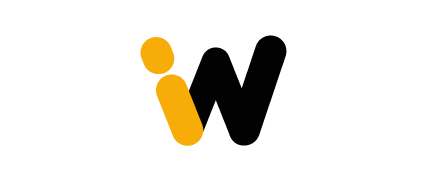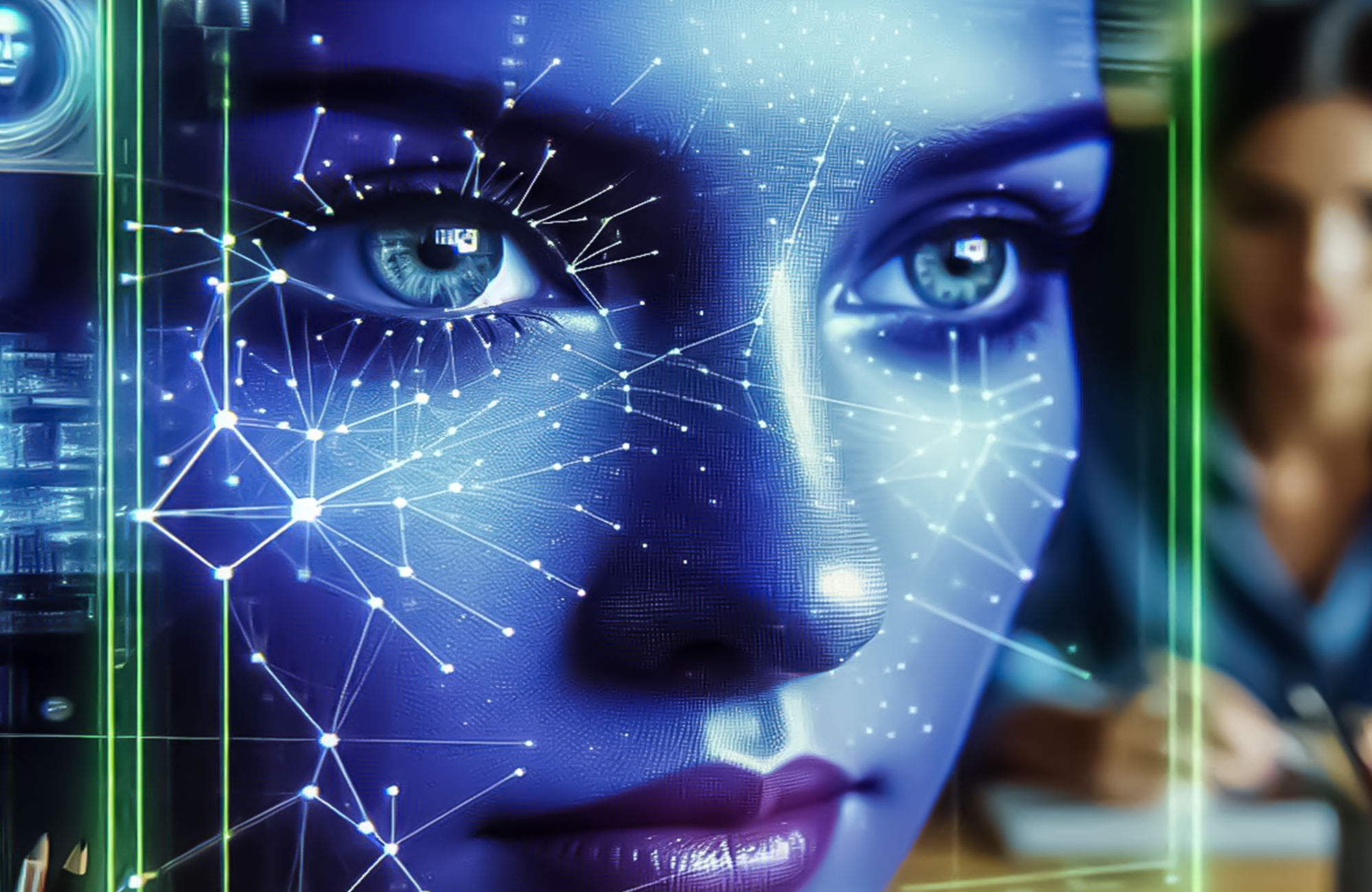Spotting Deepfakes: The Secret Lies in Their Eyes
This new research then takes us into the most improbable area for spotting deepfakes: through the observation of stars in people’s eyes, just like astronomers do with galaxies.
In a time where AI can create highly convincing photorealistic images, it has become very difficult to tell the difference between reality and forgery. This holds true even for deepfakes, which at times grotesquely twist videos and images of people—in extremely realistic ways. New research, however, suggests a rather interesting method of identifying such fakes by using the reflections in human eyes, similar to galaxies. Let’s take a closer look at this innovative approach and its implications.
The Deepfakes Challenge
1. Emergence of Deepfakes
Deepfakes refer to AI algorithms that produce hyper-realistic fakes in the form of images and videos of other people. They can be used in thousands of applications, from fun entertainments to severe misinformation campaigns, and in turn, represent a huge challenge in today’s world of ethics and security.
- Impact on Trust: If deep fakes become widespread, there comes a situation with a total lack of trust in the veracity of any digital media, since people will be inundated with faked digital media.
2. Present Techniques for Detecting
Most current methods for deepfake detection attempt to fingerprint inconsistencies in facial movement, audio-visual synchronization, or pixel-level artifacts. Besides being quite effective, these are very complex with a need for advanced technological tools.
The Shocking Revelation
1. Research into Eye Reflections
A recent study has unraveled the secret that reading the reflections in human eyes can provide a reliable source for detecting deepfakes. The method is similar to how astronomers inspect subtle details of galaxies to learn about the universe.
- Key Insight: The reflections of photographed human eyes always reflect their surroundings in a very unique and fixed way, so, in the case with AI-generated images, there is always an error in this reflection, so one can tell a fake from very subtle anomalies.
2.The Astronomy Link
In the study of galaxies, astronomers look at the light, shapes, and other features in careful pictures. Similarly, with the aid of pictures, reflections on a deepfake’s eyes can be analyzed. When they show the slightest irregularities, it clearly gives away the fakeness of the image.
- Patterns of Reflection: The reflection on any set of real eyes should include the entire scene around the subject. It should be very well-lit and provide enough information to be able to analyze it in detail.
Practical Applications
1. Enhanced Detection Tools
With the discovery of this eye-based detection method, it can be integrated with deepfake detection tools that are already in existence, thereby bettering the extent of their accuracy and reliability. Thus, it will allow these tools to automate the processes of eye reflection analysis, which further creates the ease for spotting fakes.
- User-Friendly Solutions: The establishment of user-friendly software that incorporates this method has empowered the capacity of both individuals and organizations in easily making the verification for both images and videos.
2. Training and Awareness
Educating the public and professionals about this detection method can raise awareness and improve vigilance against deepfakes. Training sessions and informational campaigns can be held in matters related to spotting eye reflection anomalies.

Challenges and Future Directions
1. AI Advancements
As AI technology advances, so will deepfake sophistication. This calls for research and development continuously to stay ahead in the detection game.
- Ongoing Research: Research that refines and adapts detection methods will be necessary to keep one step ahead for longer against the more advanced deepfakes.
2. Multiple Methods in a Unified System
However, the dependence on the reflections in the eyes is not one hundred percent reliable too. There could be other approaches aside from the reflections in the eyes, that can be integrated to create a complicated system in detecting the deepfake.
Conclusion
This technique of eye reflection analysis, therefore, opens a new promising tool in the fight against digital deception. It offers a new route to chasing truth and implementing deepfake detection by adopting techniques that are much like those used by astronomers. That will be very important in building further trust in our digital media as we move through the challenges of AI-generated content.
Stay tuned for further advances in the technology of deepfake detection.

By studying the intricate details in human
eyes, we can effectively distinguish
between real and AI-generated images.
– AI Researcher

Would you trust your eyes to spot a deepfake, or leave it to the experts? 👁️✨
Share your thoughts in the comments below!




